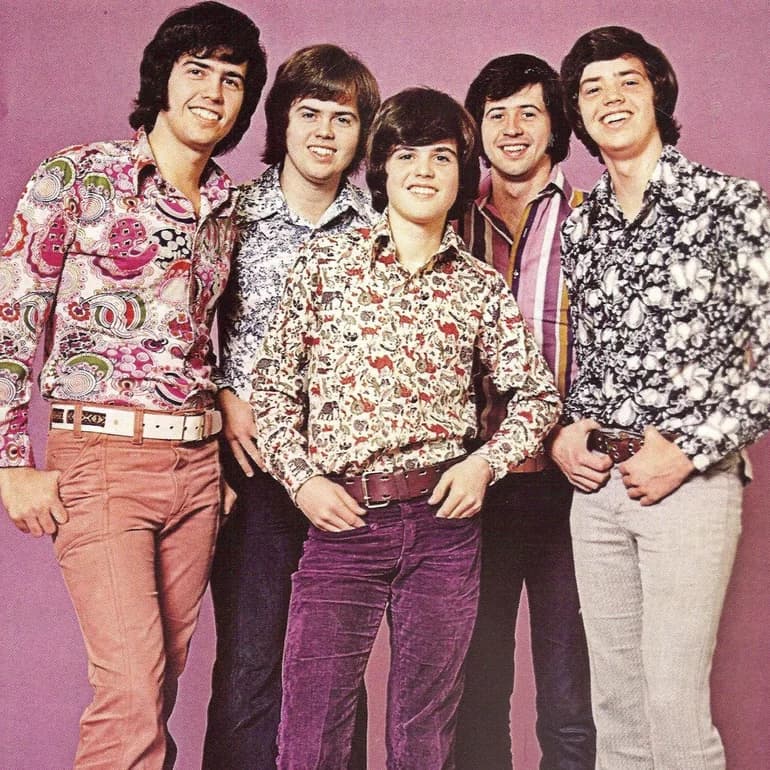
A Teenage Confession of Unrequited Love
For a brief, magical period in the early 1970s, the music world was captivated by the infectious energy and undeniable talent of a family from Ogden, Utah. The Osmonds were not just a boy band; they were a pop phenomenon, their wholesome image and catchy tunes captivating the hearts of a generation. While they had a string of hits, from the bubblegum pop of “One Bad Apple” to the soulful funk of “Crazy Horses,” one song, in particular, captured the whimsical, sometimes painful, awkwardness of young love: their 1971 hit, “Yo-Yo”. Released as a single from their album of the same name, the song was an immediate success, soaring to number 3 on the Billboard Hot 100 chart. It was their second-highest charting hit, following their breakout single, “One Bad Apple,” which topped the charts the year before. The song also found success internationally, proving their widespread appeal and cementing their status as teen idols.
The story behind “Yo-Yo” is a classic case of musical collaboration and serendipity. The song was written by George Jackson, an accomplished R&B songwriter, and Rick Hall, the legendary producer and founder of FAME Studios in Muscle Shoals, Alabama. Hall, known for his work with Aretha Franklin and Wilson Pickett, brought a soulful edge to the track. The song’s distinct, funky rhythm and prominent bass line, along with the tight vocal harmonies of The Osmonds, gave it a unique sound that stood out from their earlier pop hits. The collaboration was a testament to the family’s willingness to experiment with different genres and sounds, a move that helped them remain relevant as music tastes evolved. The result was a song that was both undeniably pop and surprisingly funky, a perfect storm for radio success.
The meaning of “Yo-Yo” is woven into its simple yet clever lyrics. The central metaphor is the familiar children’s toy, the yo-yo. The narrator’s heart is compared to a yo-yo, going up and down, a direct parallel to the emotional highs and lows caused by a girl who plays with his affection. He feels a sense of hope when she smiles at him, only to be thrown into despair when she turns her attention to another boy. The song captures the universal feeling of being strung along, of a love that is constantly within reach but never truly yours. It’s a relatable anthem for anyone who has ever been on the receiving end of unreciprocated affection, a feeling of being in limbo, never knowing where you stand. The lightheartedness of the music belies the underlying frustration and confusion of the lyrics, a perfect example of a pop song that tackles a complex emotion with a deceptively simple approach.
For those of us who came of age during the 1970s, “Yo-Yo” is more than just a song; it’s a soundtrack to our youth. It takes us back to a time of bell-bottoms, platform shoes, and the innocent, heart-pounding moments of a first crush. It brings back the feeling of sitting by the radio, waiting for our favorite song to come on, or dancing with our friends at a school social. The sight of The Osmonds on television, with their synchronized dance moves and perfectly styled hair, was a staple of our pop culture. “Yo-Yo” evokes a certain kind of nostalgia, a sweet and slightly bittersweet memory of a time when the biggest problem in the world was wondering if the boy or girl you liked would finally notice you. It’s a song that proves that even the simplest melodies can carry a powerful emotional weight and stand the test of time, just like a childhood memory.